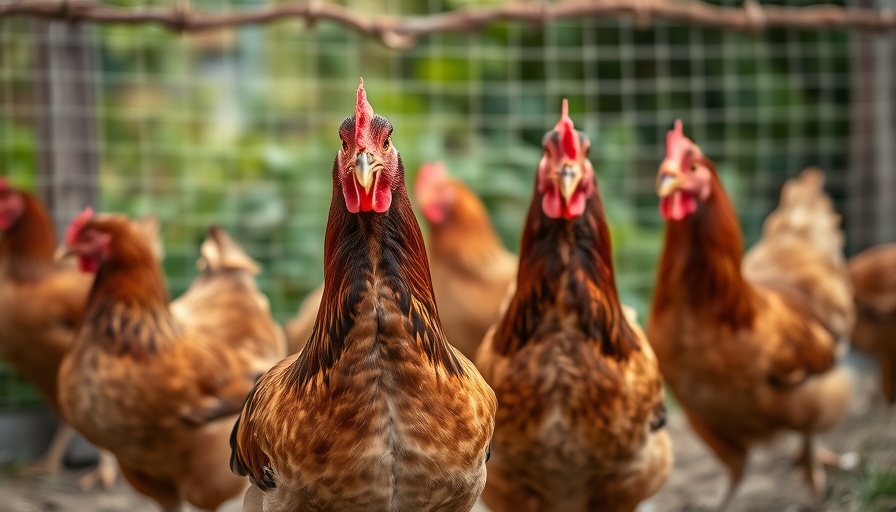
The Hidden Beauty of Female Cardinals: Why They Matter
Female cardinals often go unnoticed in the vibrant world of backyard birds, overshadowed by their male counterparts' striking red plumage. Many birdwatchers and nature enthusiasts might assume these females are a rarity due to their more subdued colors. However, the truth is far more nuanced.
Understanding Their Colors: A Survival Mechanism
The muted browns and soft reds of a female cardinal may make her less conspicuous, allowing her to blend into her environment effectively. This stealthy appearance protects her while she nurtures her young. Unlike the flamboyance of males, the understated palette is a clever evolutionary adaptation that prioritizes safety over showmanship. When nesting, this camouflage is vital for avoiding predators.
Where to Spot Female Cardinals: Garden Hotspots
If you're hoping to catch a glimpse of a female cardinal, there are prime locations to consider. These birds thrive in densely vegetated areas, often found near shrubs or within the lower branches of trees. Bird feeders offer another excellent opportunity to spot them, particularly during the early morning or late evening when they are most active. Keeping an eye out for male cardinals can also be a helpful indicator; where there's a male, there's likely a female nearby.
Common Misconceptions and Their Impact
A widespread misconception suggests that female cardinals are scarce. However, this belief stems primarily from their coloration rather than their population. Understanding that they exist in equal numbers to males (approximately 1:1 ratio) can enhance our appreciation for these remarkable birds. Recognizing their role in the ecosystem is essential for birdwatchers and ecology enthusiasts alike.
What You Can Do to Attract Female Cardinals
For those keen on attracting female cardinals to their yards, proper feeding and habitat maintenance are crucial. Black-oil sunflower seeds are particularly enticing for these birds. Additionally, providing adequate shelter and clean water will encourage them to visit your garden regularly. Avoiding pesticides can also enhance their safety and overall well-being, ensuring a healthy environment for both females and males.
In conclusion, female cardinals may not claim the spotlight like their flashy male counterparts, but they are equally vital to the avian community. By understanding their behaviors and habitats, bird enthusiasts can foster environments that encourage both sexes to thrive. Let’s celebrate the subtle beauty and important roles of these beautiful birds in our backyards.
 Add Row
Add Row  Add
Add 




Write A Comment